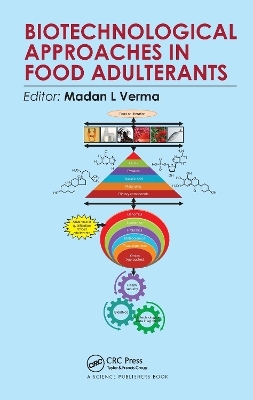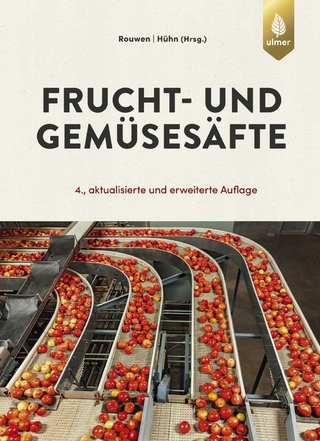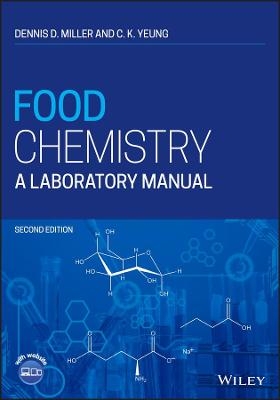
Biotechnological Approaches in Food Adulterants
CRC Press (Verlag)
978-0-367-36986-6 (ISBN)
The book highlights the biotechnological advancement in the area of food adulterants and outlines the current state of art technologies in the detection of food adulterants using omics and nanobiotechnology.
The book provides insights to the most recent innovations, trends, concerns, and challenges in food adulterants. It identifies key research topics and practical applications of modern cutting-edge technologies employed for detection of food adulterants including: expansion of food adulterants market, potential toxicity of food adulterants and the prevention of food adulteration act, cutting-edge technology for food adulterants detection, and biosensing and nanobiosensing based detection of food adulterants. There is need for new resources in omics technologies for the application of new nanobiotechnology. Biotechnological Approaches in Food Adulterants provides an overview of the contributions of food safety and the most up-to-date advances in omics and nanobiotechnology approaches to a diverse audience from postgraduate students to researchers in biochemical engineering, biotechnology, food technologist, environmental technologists, and pharmaceutical professionals.
Dr. Madan L Verma is an assistant professor in the Department of Biotechnology at the Indian Institute of Information Technology Una, HP, India. He is a senior researcher who has developed sustainable processes through his expertise in bioprocessing and nanobiotechnology. He employs nanotechnology approaches for enhancing the effectiveness of bioprocesses that have application in food biotechnology, pharmaceutical, and bio-energy. He has many international and national awards to his credits. Dr. Verma has published 50 research articles in peer-reviewed journals, and 35 book chapters, and has edited 7 books on industrial biotechnology.
Overview of food adulteration from the biotechnological perspective. An overview of potential toxicity of food adulterants and food adulteration act. Advances in technologies used in the detection of food adulteration. Food colours: the potential sources of food adulterants and their food safety concerns. Innovative and emerging technologies in the detection of food adulterants. Contributions of Omics approaches for the detection of food adulterants. Advances in proteomics approaches for food authentication. Contributions of fingerprinting food in the detection of food adulterants. Nanosensors as potential multisensor systems to ensure safe and quality food. Global perspective of sensors for the detection of food adulterants. Application of nanoscience and nanotechnology towards advancement of safety issues of foods. Computing in biotechnology for food adulterants.
| Erscheinungsdatum | 20.11.2020 |
|---|---|
| Zusatzinfo | 19 Tables, black and white; 6 Line drawings, color; 21 Line drawings, black and white; 2 Halftones, color; 5 Halftones, black and white; 8 Illustrations, color; 26 Illustrations, black and white |
| Verlagsort | London |
| Sprache | englisch |
| Maße | 156 x 234 mm |
| Gewicht | 771 g |
| Themenwelt | Technik ► Lebensmitteltechnologie |
| ISBN-10 | 0-367-36986-9 / 0367369869 |
| ISBN-13 | 978-0-367-36986-6 / 9780367369866 |
| Zustand | Neuware |
| Informationen gemäß Produktsicherheitsverordnung (GPSR) | |
| Haben Sie eine Frage zum Produkt? |
aus dem Bereich


